There comes a time when every Dungeons & Dragons party has to face off against a boss. Call it their ‘big bad,’ or their ‘endgame,’ but designing a memorable adversary for your party to contend with is essential to any adventure. But, if you’re customizing your boss for the end of an arc or even for the end of a campaign, there’s a lot to consider.
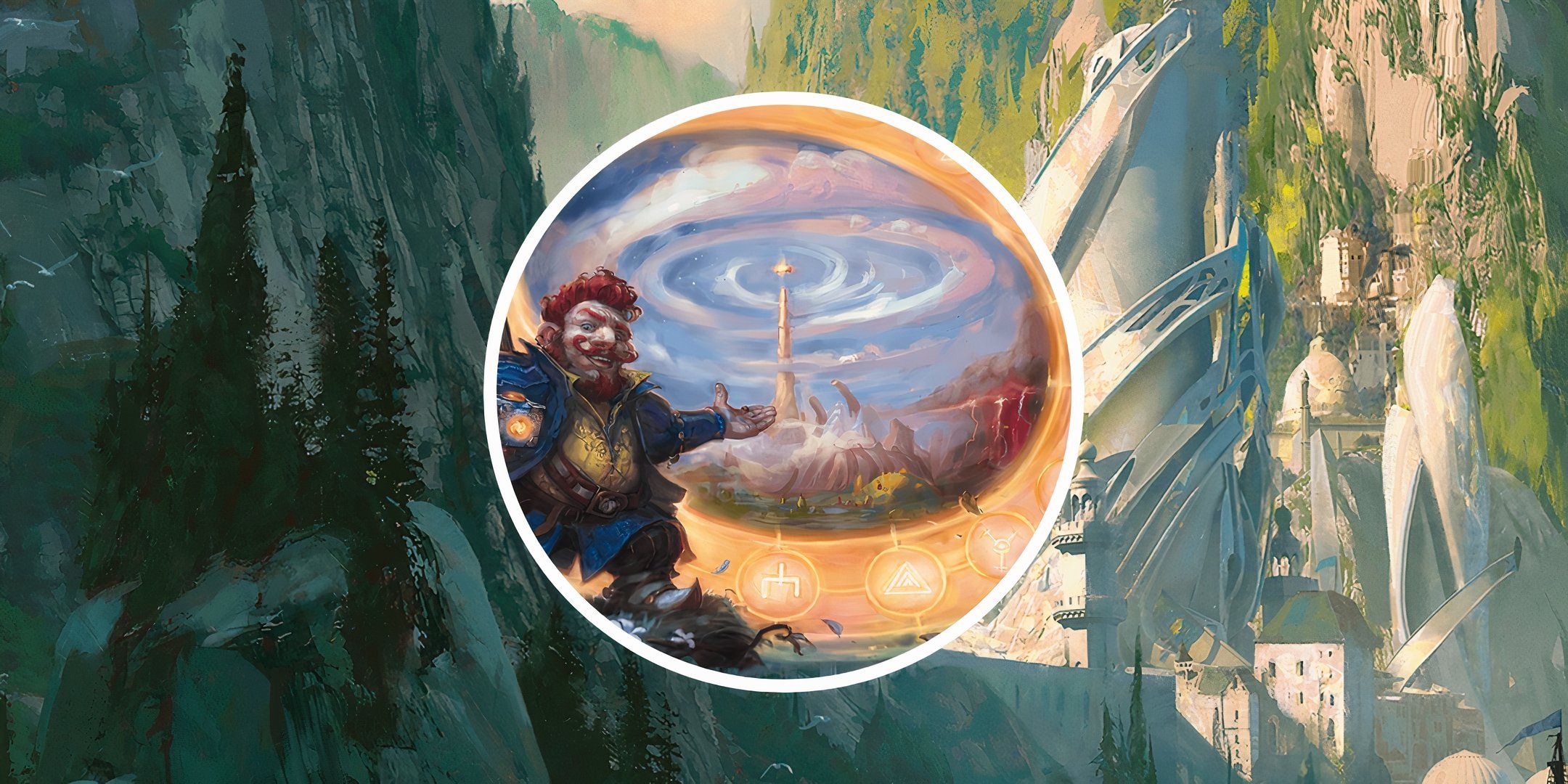
Related
Dungeons & Dragons: How To Homebrew A Kingdom
Building an entire kingdom from the ground up can be hard work in Dungeons & Dragons. Here’s what you need to know to get started.
What kinds of stats do you need to create for a boss? How do you make sure this enemy is balanced and well-suited to take on your party? This guide has you covered. Here’s everything you need to know to create boss stat blocks.
What Kind Of Creature Is Your Boss?
Before diving headfirst into stats, you should first consider what kind of creature you’re throwing in your party’s way. This will impact the entirety of their stat block, and what kind of special abilities you might want to give them.
While there are a lot of different types of creatures in Dungeons & Dragons, we can break these down into two basic groups.
|
Type Of Creature |
Look |
Key Attributes |
Examples |
|---|---|---|---|
|
Humanoid |
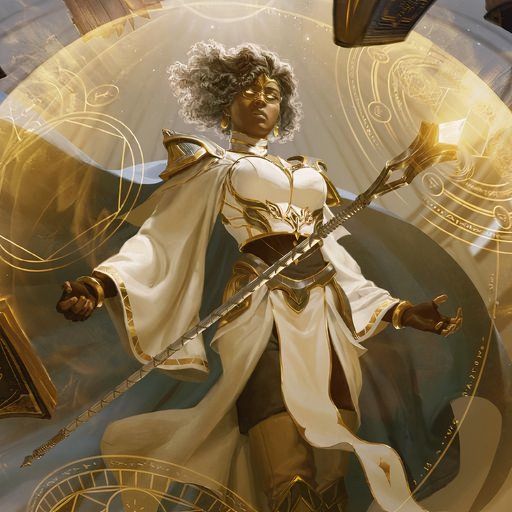
|
Humanoid bosses may be powerful spellcasters or other fighters. While they may have supernatural abilities or other features, they largely mirror our player characters and their abilities should mostly resemble class features or other abilities that players can have as well. |
|
|
Monster |
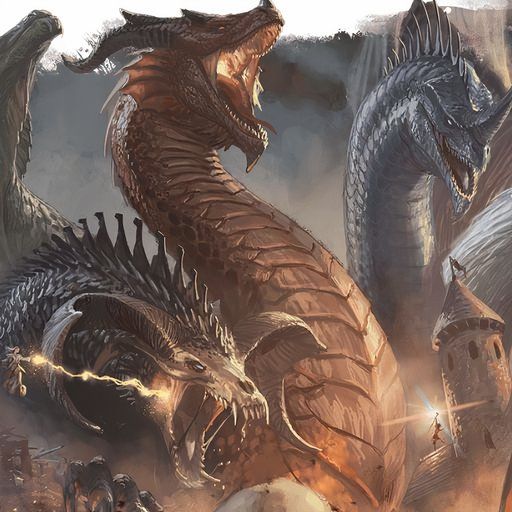
|
Monsters can range from classic creatures like zombies to specific demons from the Nine Hells. These creatures may have fantastical abilities that party members cannot hope to achieve, and their appearances are far from human. |
Once you’ve determined what kind of creature your boss is, jot down some basic characteristics for them. Use these questions as jumping-off points.
- What Do They Look Like? – Take note of elements of the boss’s appearance so that you can accurately describe them to your party.
- What Other Creatures Do They Resemble? – If you want to make a custom vampire stat block, you can look at other stat blocks for vampires as inspiration.
- How Do They Fight? – Does this boss fight with a sword and shield, or through spells and wits? Whatever the answer, take note to help determine their abilities later on.
How To Tailor Your Boss To Your Party
Now that you’ve got a basic idea of what your boss is like, there’s one more step to consider before building the stat block. You want to make sure you tailor this boss to the abilities of your party. Consider the following and take note of your answers.
|
Party Features |
Why It’s Important |
Example |
|---|---|---|
|
Size |
The overall size of your party will help determine things like action economy in combat. Take note of how many members there are in your adventuring party for balancing purposes later. |
Example – Your adventuring party has eight members. Result – Your boss takes eight attacks before it’s allowed a single action, making them vastly outnumbered. |
|
Resistances |
If your party has key damage resistances or vulnerabilities, you’ll want to make sure your boss doesn’t rely on this type of damage to make an impact. |
Example – One party member has armor that makes them invulnerable to necrotic damage. Result – Your boss is an Undead mage, meaning most of their spells are necrotic, and they cannot harm this one party member. |
|
Spells And Abilities |
If your party has access to potentially combat-ending spells like Polymorph or Charm Person, you’ll want to make sure you have a failsafe in place. |
Example – A member of the party can cast True Polymorph. Result – Your boss fails their Wisdom saving throw and the combat encounter is ended early. |
|
Total Hit Points |
Determining the party’s total Hit Points will help determine how much damage you want your boss to be able to do in a round of combat. |
Example – Your party has a grand total of 500 hit points. Result – Your boss, on average, can only deal about 20 points of damage per round, meaning they don’t make any sort of dent during the combat encounter. |
Once you’ve considered the above, you’ll want to keep this list handy as you build your stat block. It’s important to make sure the party doesn’t feel like their abilities won’t work against this boss, it’s also essential to make sure they don’t have any abilities that might end the fight too quickly.
How To Build Your Stat Block
Basic Boss Stats
Now, it’s time to start building your stat block. First, let’s start with these basic elements.
|
Element |
Details |
|---|---|
|
Armor Class |
If the boss is a humanoid, consider what kind of armor they might wear and base their Armor Class on that. Monsters may have tougher hides or natural armor. |
|
Hit Points |
Depending on party size, you’ll want to make sure their hit points scale appropriately. If one party member could theoretically take the boss out in one or two turns, add more Hit Points. |
|
Skills And Stats |
You’ll want to give the boss Strength, Dexterity, Constitution, Intelligence, Wisdom, and Charisma scores and modifiers. Make sure they have some strengths and weaknesses based on the type of creature they are. A wizard might not be all that strong, but should have high intelligence. |
|
Speed |
For most humanoids, this should be 30 feet. For other monsters, scale their speed up by 30 feet incrementally based on things like size, flight ability, or number of legs. |
|
Size |
Most humanoids will be small or medium in size. Other monsters can scale up as high as gargantuan. Refer to similar monsters in the Monster Manual to compare for the size of your boss. |
|
Creature Type |
Creature types like ‘Undead’ or ‘Fiend’ might play into how your party can interact with this creature. Reference similar creature types in the Monster Manual and compare abilities and flavor to determine creature type. |
Next, you’ll want to consider some secondary attributes your boss might have. These can include things like the following.
- Damage Resistances – Consider, based on their creature type and your party’s abilities, if your boss may be resistant to certain types of damage.
- Senses – Magical beings may have attributes like Darkvision or Truesight which can aid them in combat.
- Languages – This is especially important for monsters. Can they speak common or other languages? Communication and languages in combat may prove important.
- Saving Throws – Beyond just their basic ability scores, consider whether your boss is proficient in certain saving throws. For example, a wizard will likely be proficient in Intelligence saving throws, which can be important in combating other spells.
Even though it’s a good idea to tailor things like Saving Throws or Resistances to your party, make sure it still makes narrative sense. For example, an Undead creature should not be resistant to radiant damage
Balance Your Boss Stat Block
Once you have some basic stats jotted down, it’s time to check that they’re balanced. The main things you’ll want to balance are things like Armor Class, Hit Points, and Saving Throws. Consider the table below and questions when balancing these attributes.
|
Basic Stat |
How To Balance |
Example |
|---|---|---|
|
Armor Class |
Look at your party’s spellcasting and attack modifiers. Set your boss’s Armor Class based on the party’s average roll plus their modifiers, and depending on how hard you want the boss to be to hit with an attack. |
Example – The party’s average modifier is a +8 to hit. Solution – Therefore, set the boss’s Armor Class at around 18 or 19, meaning the party will hit on a relatively average roll. |
|
Hit Points |
Consider the top-level spells and attacks your party has access to and the party’s overall size. If party members can do 30-40 points of damage in a single turn, you’ll want to scale Hit Points based on damage. |
Example – A party member just learned Blight, which can cause 8d8 damage on a failed save. Solution – 8d8 averages to about 30 points of damage. Make your boss’s HP at least 90+ so that they could take damage from this spell multiple times before dying. |
|
Saving Throws |
Take a look at your party’s abilities that require saving throws. If there are any pesky abilities that could be potentially combat-ending, give your boss proficiency in those saving throws. |
Example – A party member can cast Feeble Mind, which can end the encounter too quickly. Solution – Give your boss proficiency in Intelligence saving throws to avoid succumbing to this spell. |
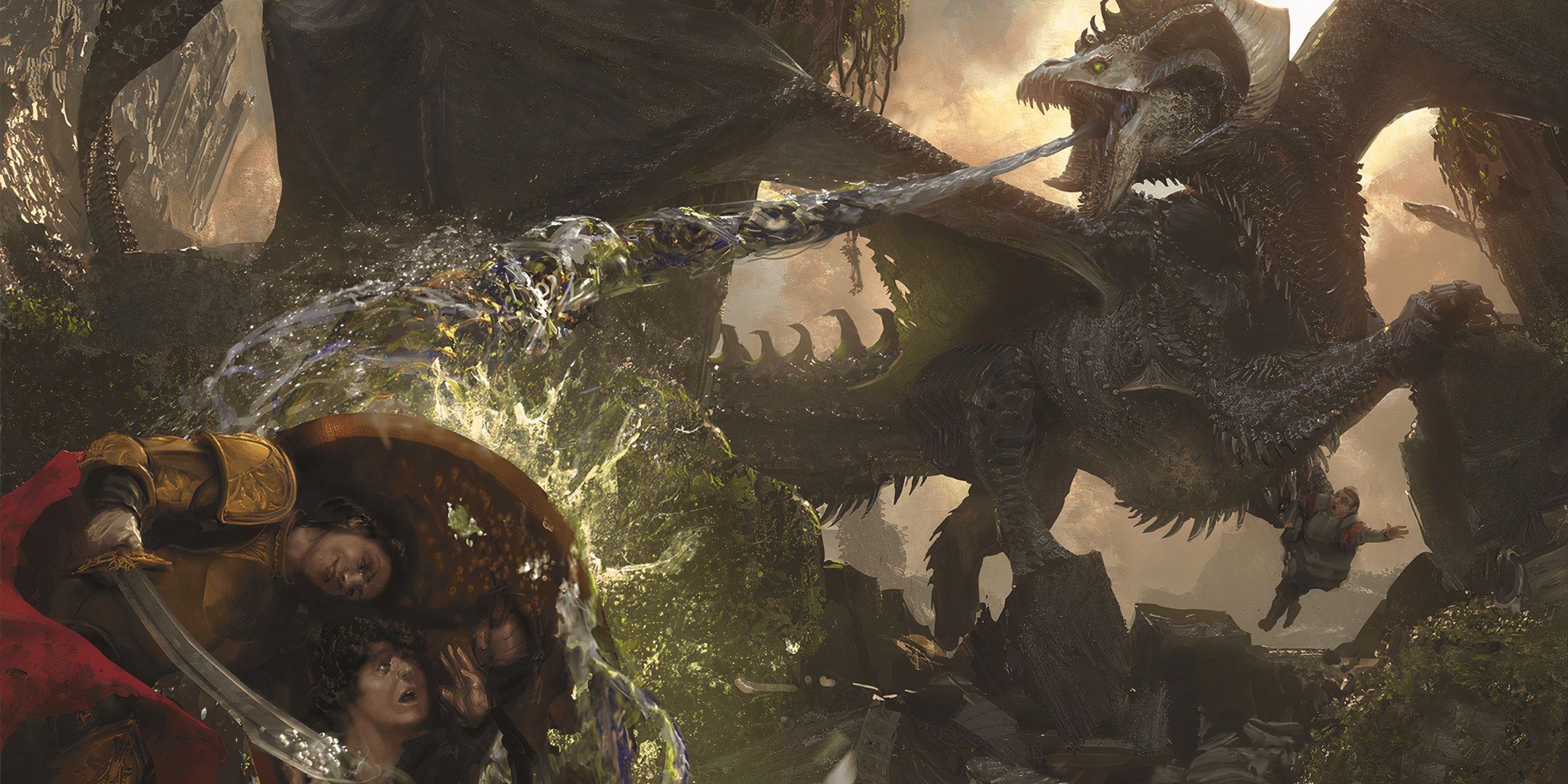
Related
Dungeons & Dragons: How To Create An Adventure Using The 2024 Dungeon Master’s Guide
If you’re new to being a DM in Dungeons & Dragons, you’re in luck: the 2024 Dungeon Master’s Guide can help you a lot. Check out these tips!
How To Create Special Abilities For Your Boss
Create Boss Features
Now that you have your basic stat block figured out, it’s time to consider special and unique abilities for your boss! These can be singular features and traits that you design, or you can borrow them from other stat blocks. Here are some basic ones to consider.
- Healing – Can your boss regenerate health in between rounds of combat? Consider this feature if your boss is greatly outnumbered by your party.
- Legendary Resistances – Typically, some powerful creatures can use three legendary resistances to succeed on saving throws they would otherwise fail. This is helpful for avoiding annoying spells like Hold Creature.
- Legendary Actions – These are actions your boss can take after another player’s turn, but before their own. This greatly increases the boss’s action economy against larger parties.
- Spellcasting – Can your boss cast spells? If so, make sure to make note of how many spell slots they have and what spells they have prepared during the encounter.
- Vulnerabilities – Sentient vegetation might be vulnerable to to things like fire damage! This can be an important element in making sure a creature feels balanced and narratively cohesive.
When using Legendary Resistances and Actions, make sure this rule set is run above the table. Don’t conceal these rules from players, or they may feel like you’re cheating them from their success. Explain what these are and how they work in combat if necessary.
Create Boss Actions
Once you have their special abilities mapped out, create a stat block that details their basic action economy. These are things like attacks (outside of spell casting), unarmed strikes, or any features they can employ that are unique to their creature type. Here are some examples.
- Attack/Multiattack – Fierce warriors might be able to attack more than once on their turn.
- Charm or Fear Effects – Some monsters can charm enemies at will without using a spell, or let out a piercing shriek that strikes fear into the hearts of their adversaries.
- Summon Spawn – Backup is always helpful! Sometimes creatures like vampires can summon their vampire spawn to aid them in combat.
Create Lair Actions
Lastly, if your party is fighting this boss in their lair, consider creating lair actions for them. These are environmental effects that happen on initiative count 20, or upon the use of an action by the boss themselves. Here are some examples of lair actions.
- Lava Flow – A fire dragon’s volcanic lair erupts with lava every round, meaning players must dodge the incoming flows everytime the mountain quakes with anger.
- Antimagic Field – An archmage’s tower is equipped with an antimagic charm that dispels active magic effects every round, resetting the encounter.
- Healing Orb – A zombie king has possession of a healing orb in their lair that heals his allies for 20 HP every round until it is destroyed.
Sample Stat Block
With all this in mind, let’s take a look at a sample stat block. For this boss archetype, here are our notes answering the above questions regarding creature type and party abilities.
- Kind Of Creature – Our creature is a humanoid archmage decrepit from old age. As an archmage, they can cast spells and have advantage on saves to resist magic, as they are adept in Arcana.
- Party Size – Our party has six adventurers, all level eight, meaning they have the advantage on action economy. We’ll give our archmage Legendary Actions to increase their economy.
- Party Abilities – Some members of the party can cast Banishment. We’ll also give our archmage three Legendary Resistances to avoid combat ending too early.
Now, let’s take a look at the sample stat block. As the archmage is meant to be extremely powerful, we’ve made him somewhat difficult to hit, and helped balance out his action economy with some special features. If you follow along with this example, you’ll be creating fantastic boss stat blocks in no time!
|
Archmage Stat Block |
|
|
Boss Name |
Archmage Silhorn |
|
Armor Class |
20 |
|
Hit Points |
120 (20d6 +40) |
|
Stats |
|
|
Proficiencies |
|
|
Secondary Attributes |
|
|
Features |
|
|
Spellcasting |
|
|
Actions |
|
|
Legendary |
|
|
Lair |
|
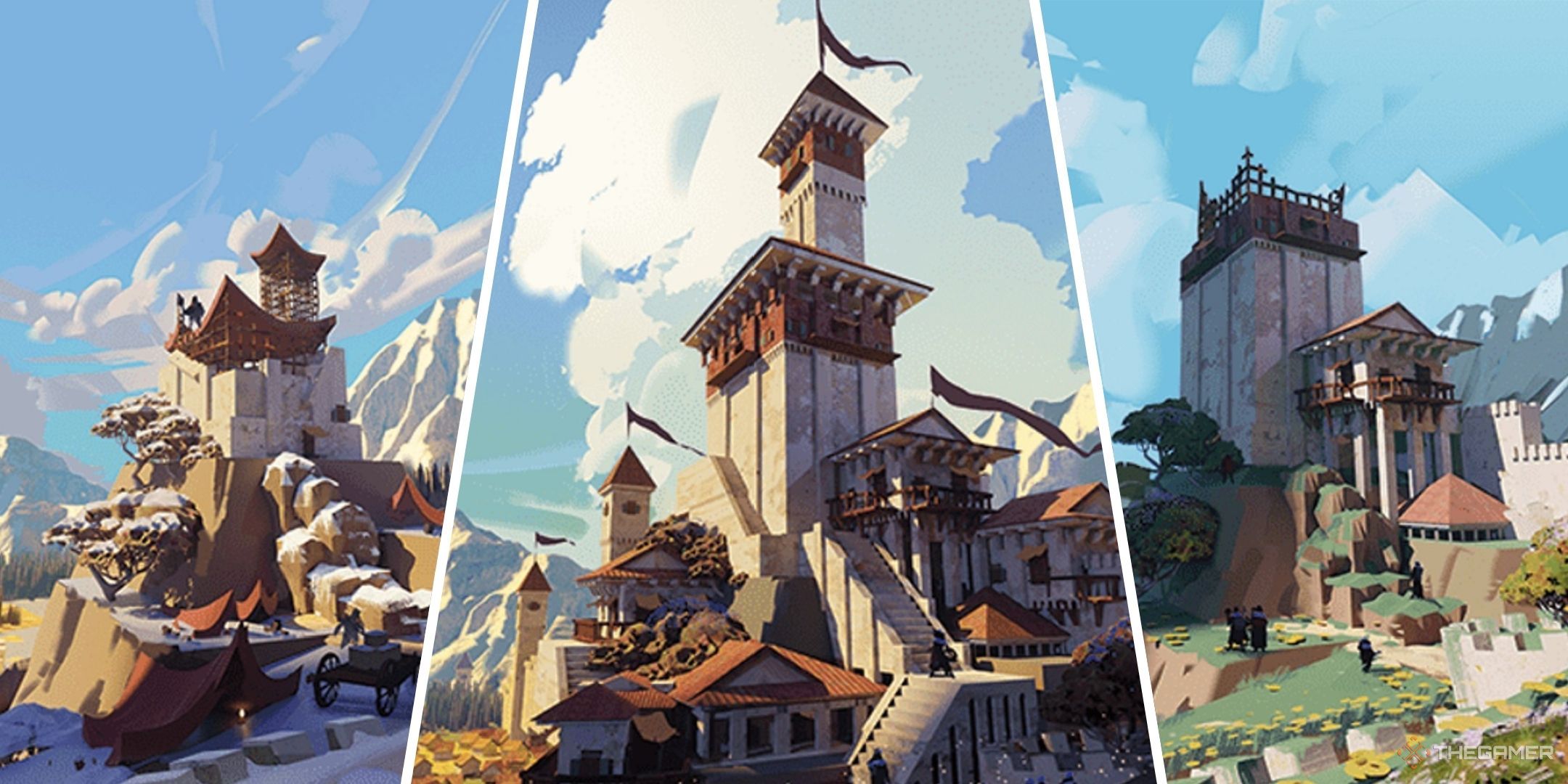
Next
Dungeons & Dragons: How To Build A Defensive Bastion
Here’s how to build a defensive bastion in D&D!
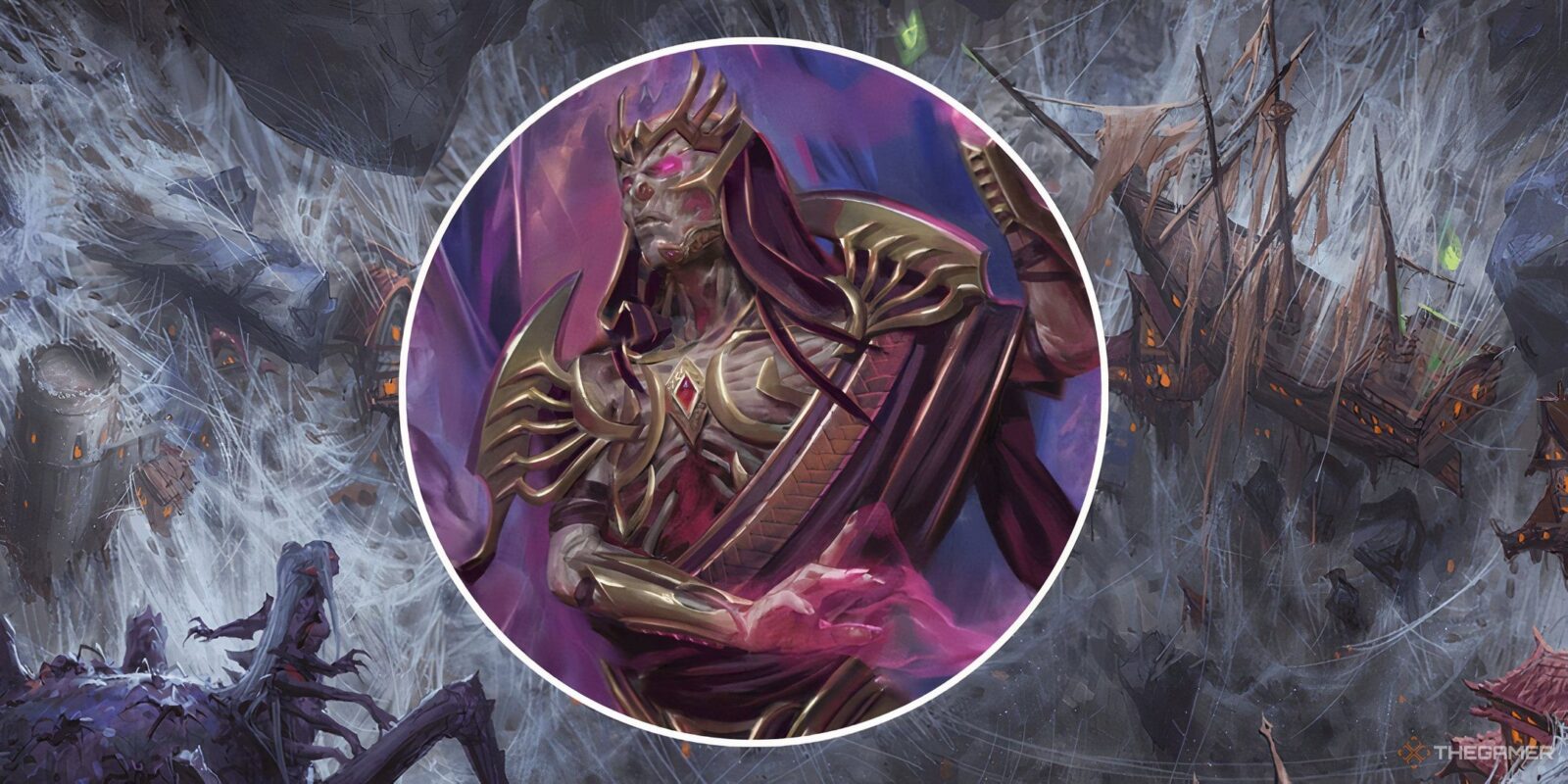

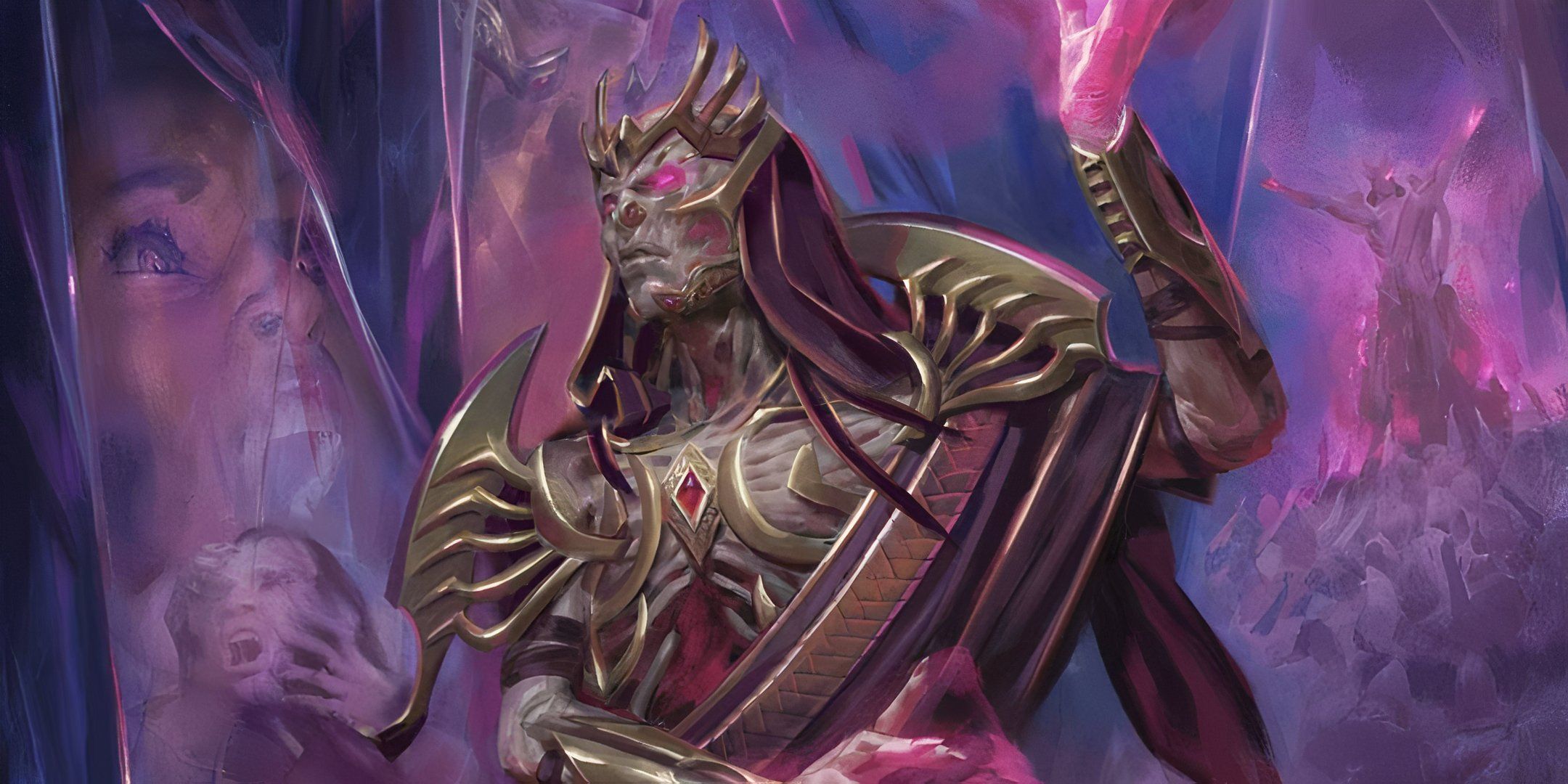
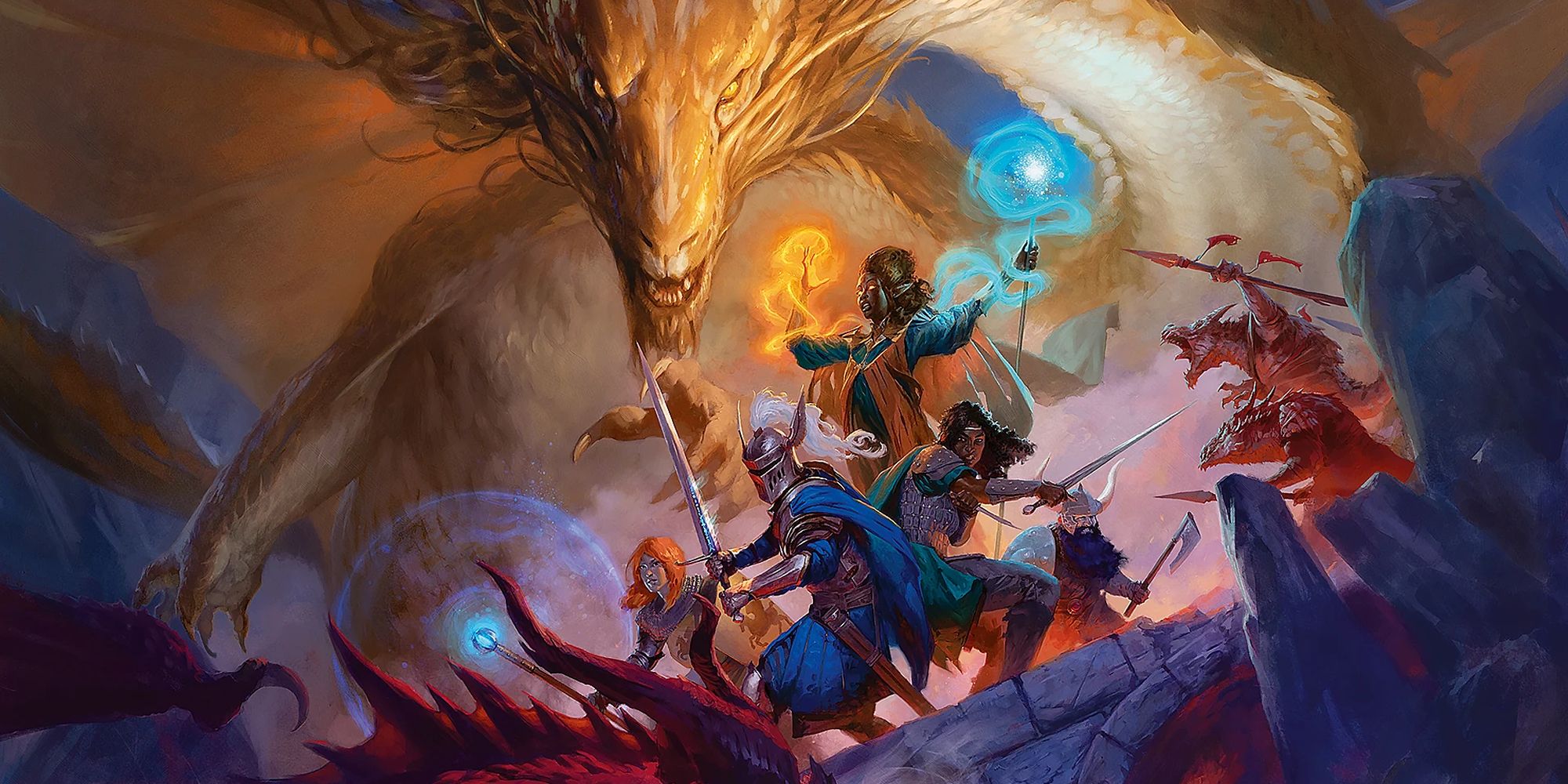
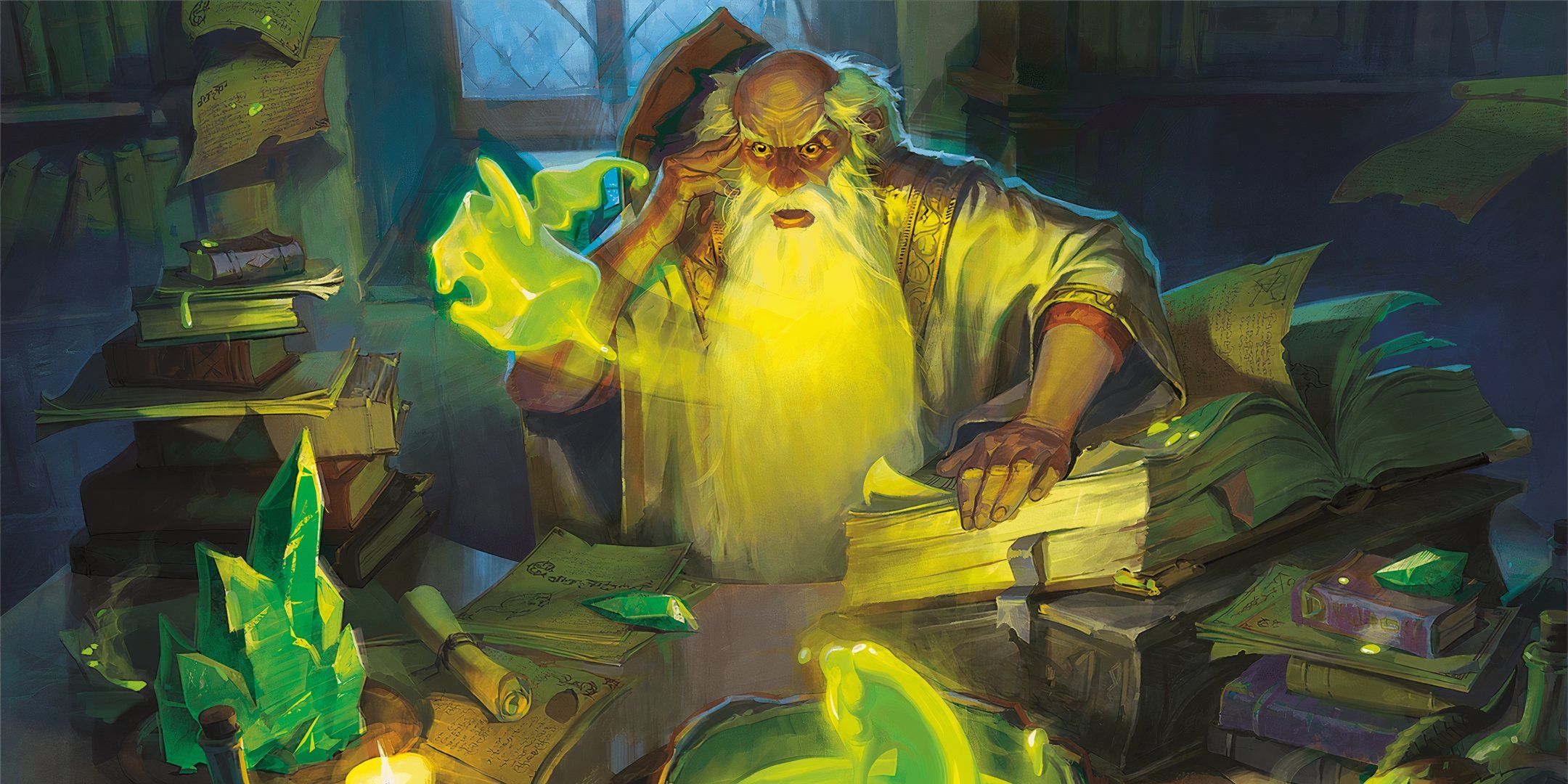
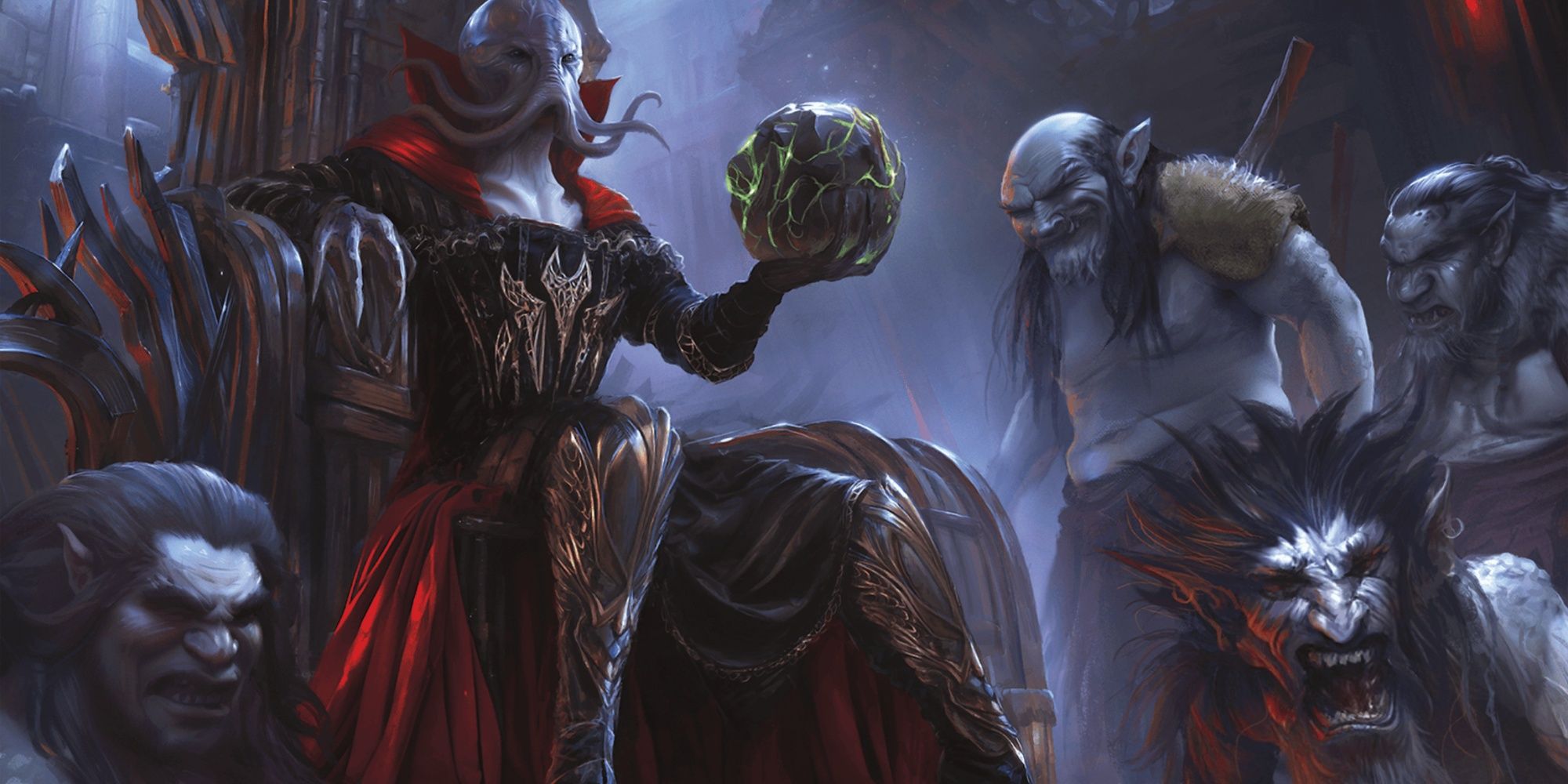
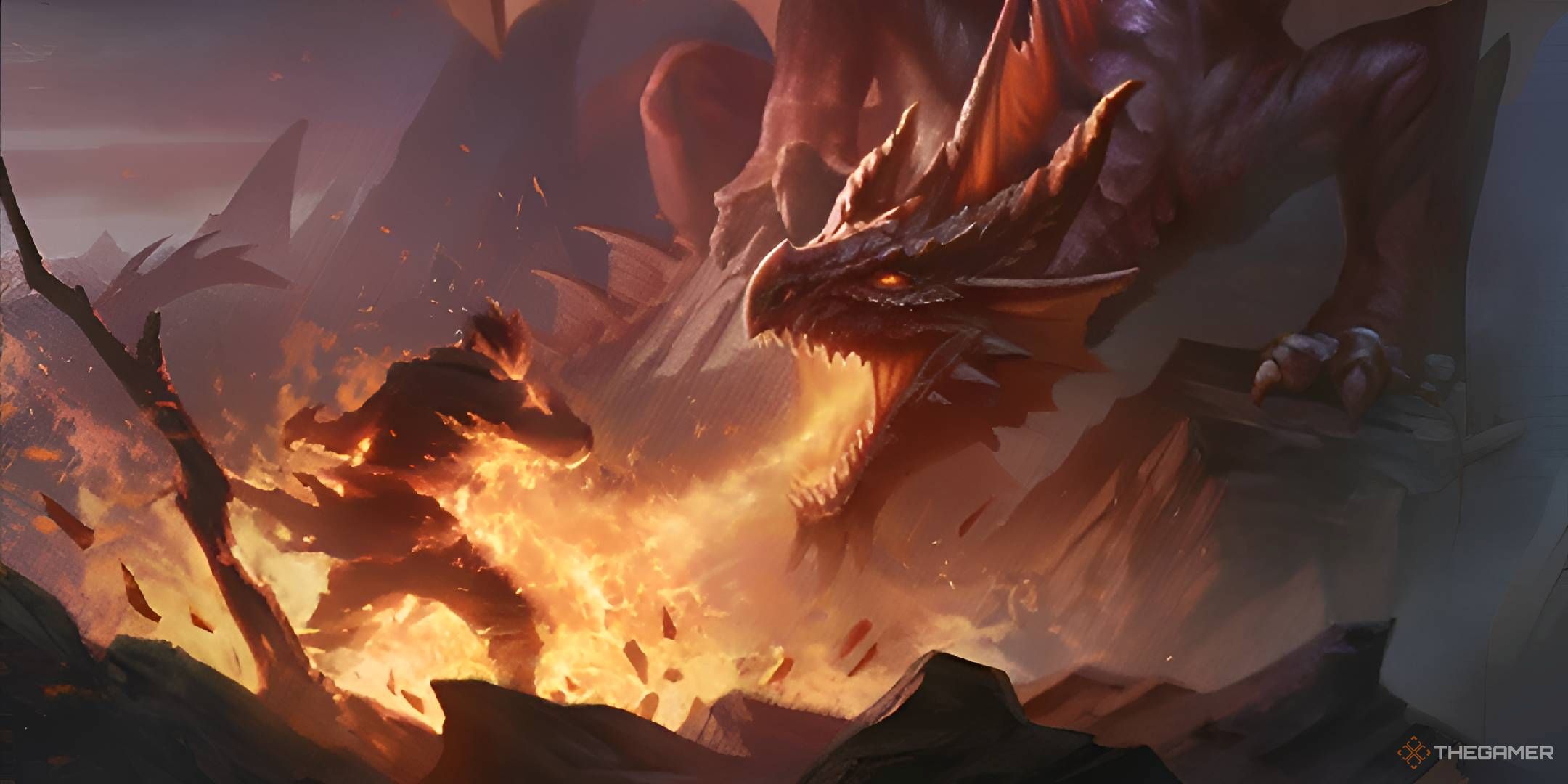
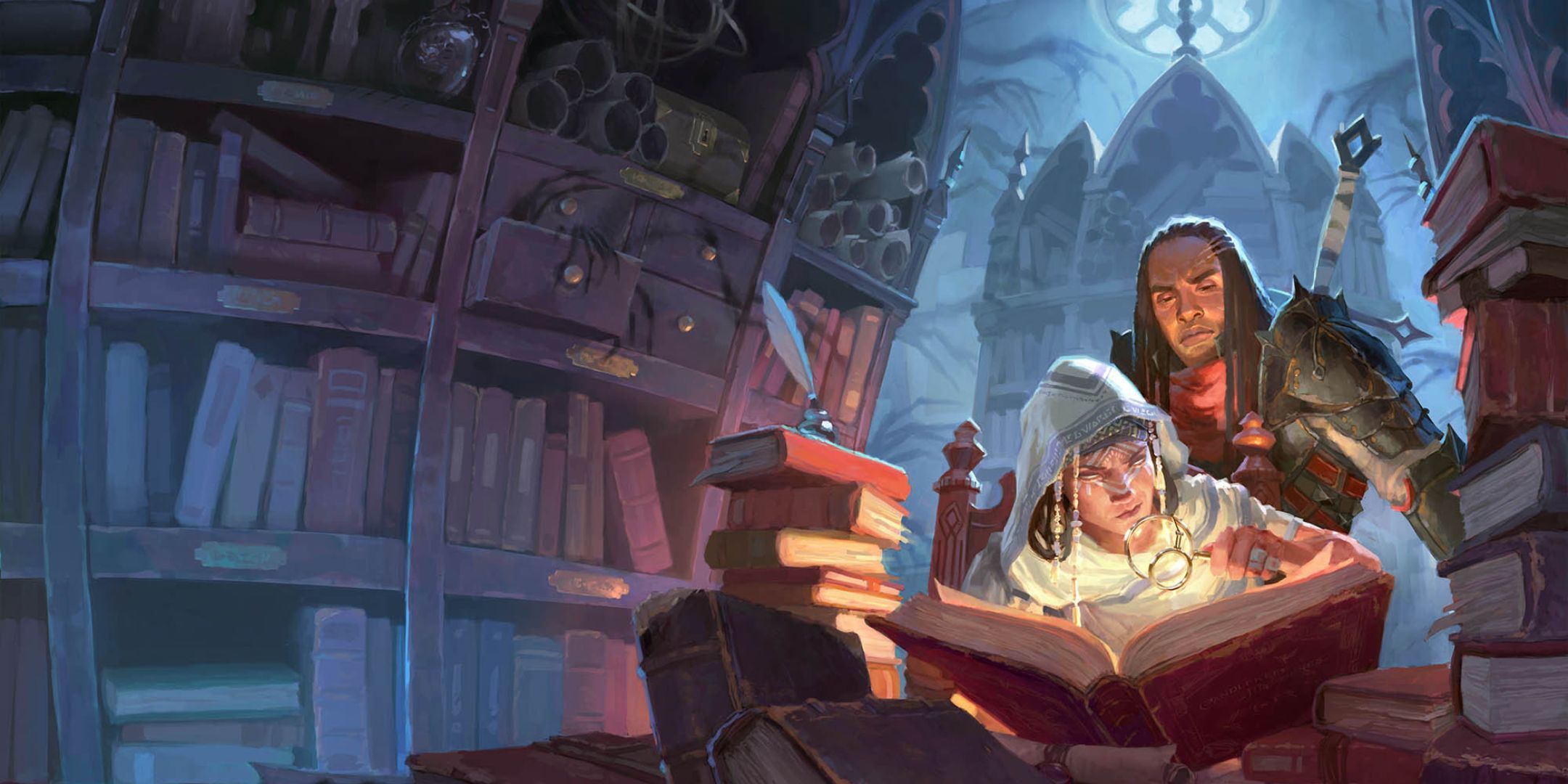



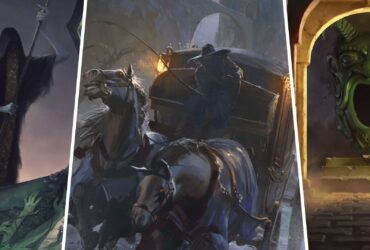
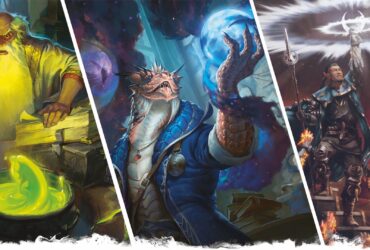
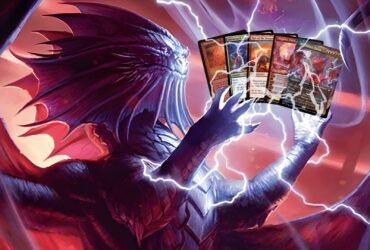


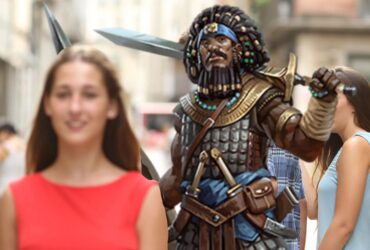
Leave a Reply